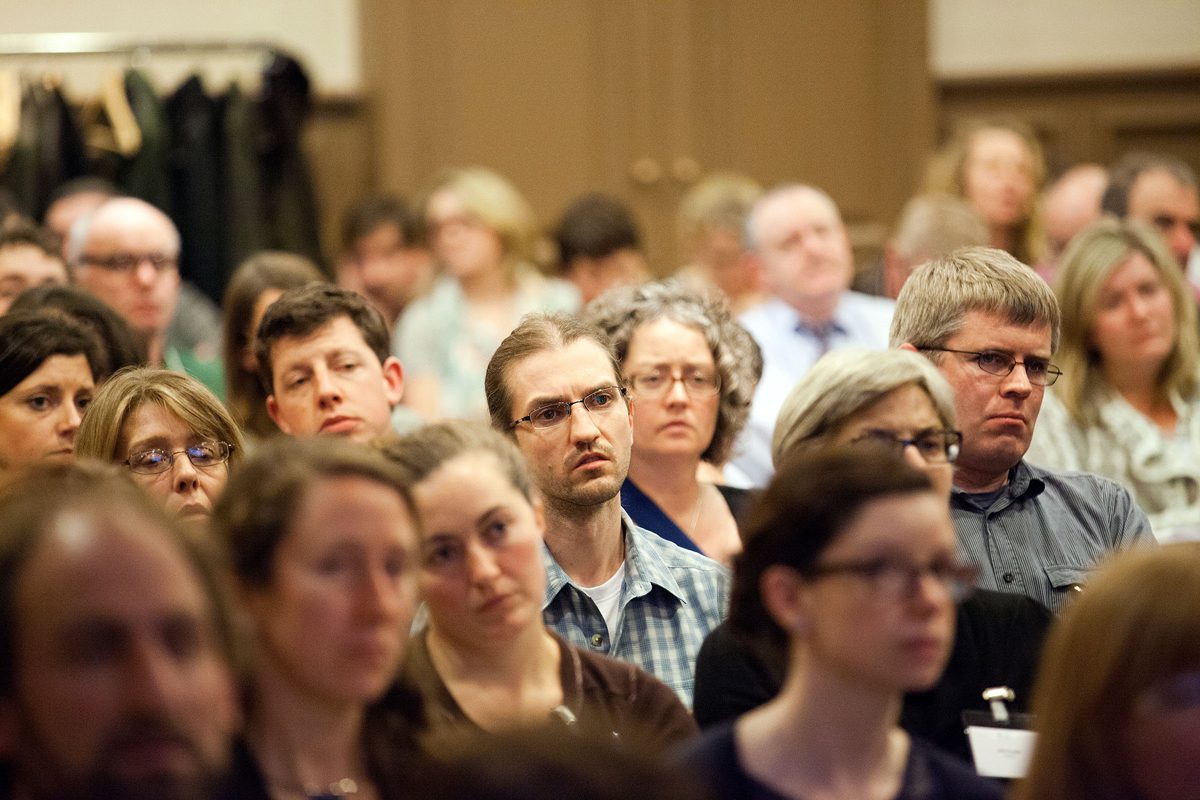Nature of Buildings: Designing Effective Mitigation and Enhancement
In association with![]()
Sponsored by![]()
CIEEM Spring Conference 2018
20 March 09:45-16:30
Crowne Plaza Birmingham, B1 1HH
This one-day conference will showcase innovative approaches for effective biodiversity mitigation and enhancement in and on buildings. We will also explore the relationship between the architect and the ecologist in incorporating biodiversity features in good design. Justin Bere, award-winning director of Bere Architects, will be speaking about the architects’ perspective on environmentally-friendly building design.
Other talks include:
Behind the scenes at Pinewood Studios: green roof mitigation for ground-nesting birds
Zoe Webb MCIEEM, Ecological Consultant, Ove Arup & Partners
The Pinewood Studios Development Framework (PSDF) project proposed to transform approximately 25 hectares of greenfield land, which supported a varied assemblage of protected and notable species, into a new film studios, to almost double the size of the original film studio area. Phase 1 of the project, which is now complete, included the creation of five sound stages, associated workshops and infrastructure across two-thirds of the PSDF site.
This talk will focus on the mitigation proposed specifically for skylark, a ground-nesting bird present on the site prior to development. We will discuss the design and development of the sound studio green roofs which have proved successful for multiple pairs of ground-nesting birds. The talk will also cover the monitoring strategy which has proven crucial in measuring the success of these features and identify how they can be further enhanced to improve their ecological functionality.

Building with Nature: A new benchmark for high quality green infrastructure
Gemma Jerome, Green Infrastructure Project Manager, Gloustershire Wildlife Trust
Building with Nature is the UK’s first benchmark for green infrastructure. It is an innovative model to effectively deliver nature-based solutions and secure multiple benefits to citizens and society by setting a clear and comprehensible standard for the design, implementation and long-term management of green infrastructure in residential and commercial development.
In January 2018 the Government outlined a number of actions in its ‘A Green Future: Our 25 Year Plan to Improve the Environment’, with the aim of delivering new development in the right places:
- ‘Producing stronger new standards for green infrastructure.’
- ‘New development will happen in the right places, delivering maximum economic benefit while taking into account the need to avoid environmental damage.’
- ‘New homes will be built in a way that improves flood resilience, minimises overheating and encourages cycling and walking.’
This session will focus on how Building with Nature equips those who utilise its standards to deliver against these policy drivers, ensuring that existing and new communities benefit from healthy places to live, and places where people and nature can flourish.
Living Wall Lite – Transforming spaces and perceptions with temporary living walls
Tom Gray CEnv MCIEEM, Ove Arup & Partners
In 2016, Arup designed a fabric green wall that was intended to provide a simple and effective solution to temporarily green facades. The fabric green wall contains all of the necessary elements to provide vertical greening, transforming surfaces from bare to fully greened within ten weeks.
The wall, named ‘Living Wall Lite’, spans 80-square-metres and comprises a mixture of grasses, flowers and strawberries. It removes the visual impact of scaffolding and replaces it with an aesthetically striking living wall. It is hoped that the system positively demonstrates how to deliver a step change in how we develop buildings and positively manage the impacts of construction in our communities
From Bargain Basement to Fine Vintage: A Case of Bats in the Wine Cellar
Graham Morgan CEnv MCIEEM, Principal Ecologist, The Environmental Dimension Partnership
Without mitigation, structural refurbishment works to a Grade II* Listed house could have threatened a nationally significant lesser horseshoe roost and four additional species (of which two were Annex II bats species). In turn, the ‘do nothing’ option could have resulted in the degradation of a valuable architectural and heritage asset. Ensuring both humans and bats could access the wine cellar (for different purposes!) without disturbing each other was a unique and unusual circumstance that required a novel approach.
Retaining and enhancing a portion of the existing cellar for roosting bats whilst creating a new adjoining, subterranean ‘bat cave’ was a more viable option than simply creating a new roost ex-situ. Overall the subterranean roost space has increased in size and structural diversity, and the site continues to be used by good numbers of lesser horseshoe and other bats. The wine bottles also continue to be well accommodated. This project represents an exemplar for renovation projects.
To view the full programme of speakers and to book a delegate place visit the CIEEM website















